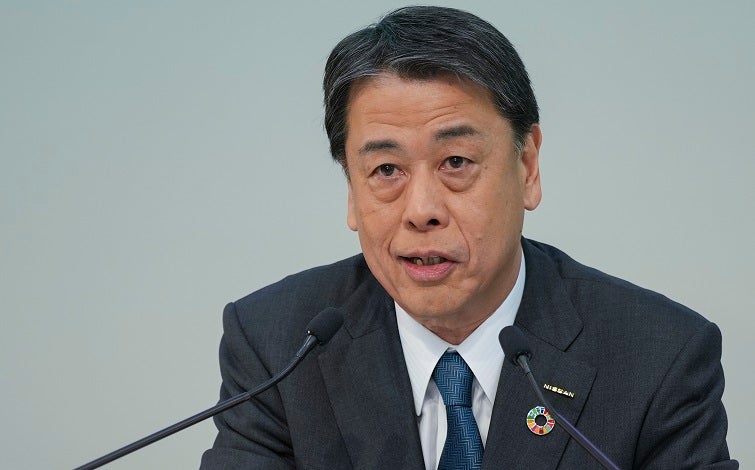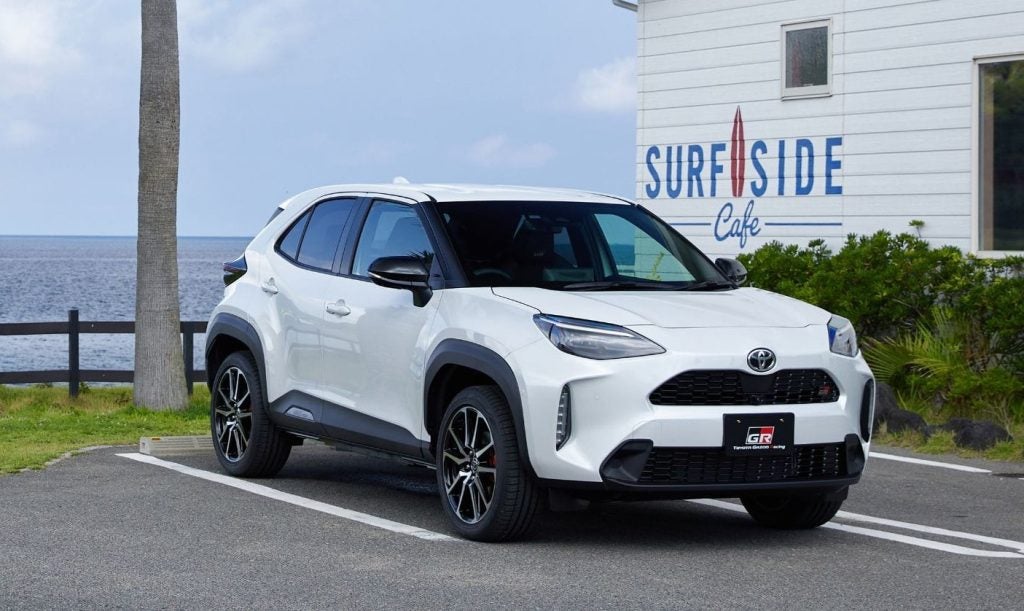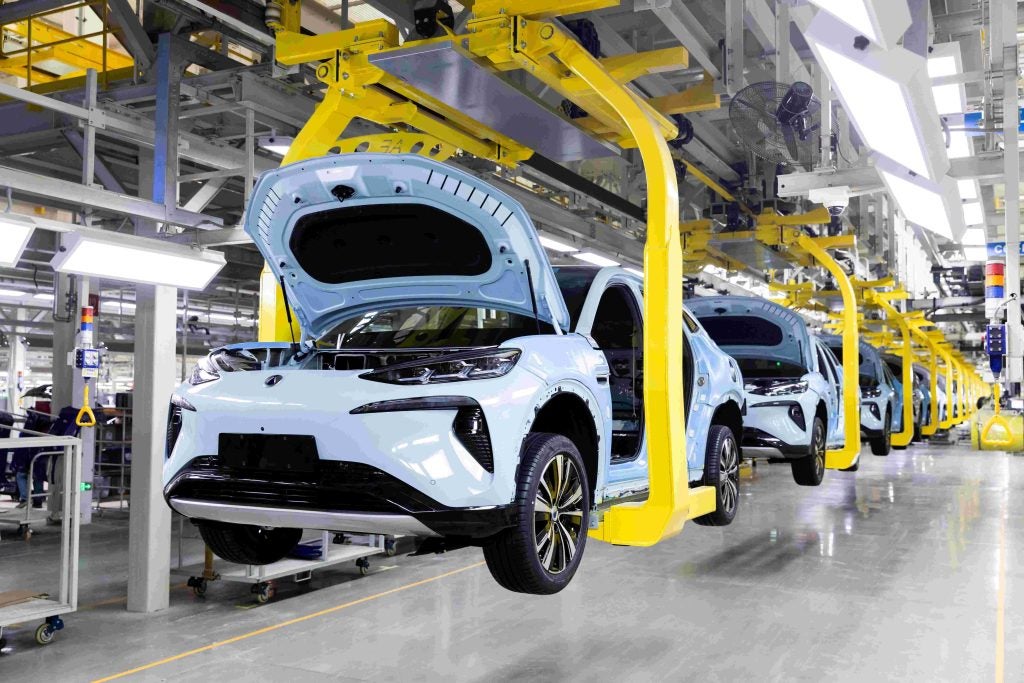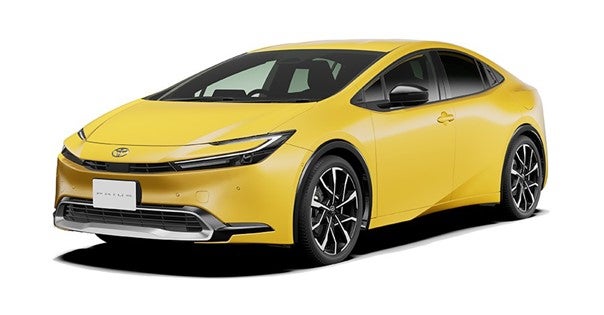In this month’s management briefing, Rob Golding runs his financial rule over the financial position of the automotive industry’s major OEMs. In this instalment: Toyota, Nissan and Honda
Toyota
Toyota has been kicked around a lot in the last few years but it is cheering up a bit and is stuck into the task of stabilising the company.
It has struggled through the nightmare of sudden unintended acceleration, the Great East Japan earthquake, floods in Thailand and the rise and rise of the value of the Yen. It is the senior player among the OEMs in Japan and though it has made strategic investments in some of its lesser competitors on the home market, it has been happy to retain its independence. Three years ago it disbanded the NUMMI joint venture it had with GM in California.
It does buy its tiny Aygo from a joint venture it runs with PSA but other than that, it is a free spirit.
Friendship helps though. Co-operation partnership now includes the inarguably smart BMW with whom it shares a diesel engine. And according to French President, Sarkozy, Toyota may take the place of Fiat in the small-car factory in Northern France. There had been no response to that loose remark at the time of writing.
How well do you really know your competitors?
Access the most comprehensive Company Profiles on the market, powered by GlobalData. Save hours of research. Gain competitive edge.

Thank you!
Your download email will arrive shortly
Not ready to buy yet? Download a free sample
We are confident about the unique quality of our Company Profiles. However, we want you to make the most beneficial decision for your business, so we offer a free sample that you can download by submitting the below form
By GlobalDataNet income in the past financial year slid to 180bn yen from 408bn yen the previous year but much of that was the cost of putting the operation on a firmer footing. There has been the expense of cost reduction measures and a 120bn yen investment in incentives for the marketing plan. Foreign exchange losses have been substantial. Net revenues for the nine months to the end of 2011 were down 10% relative to the previous year.
In its home market of Japan, sales were down by 10% also. In the US it was down 6%. But in Europe there was a marginal increase of four thousand units on just over 500,000 sales.
Nissan
Unlike Toyota, Nissan does have a substantial joint venture. It is under the leadership of Carlos Ghosn who also manages to run Renault and spends his life scampering between Europe and the Far East in a jet which serves as his command centre.
The arrangement has enthusiastic approval. Bernstein analyst Max Warburton said in a recent research note: “Since the start of the economic crisis, Nissan has proved to be more agile, responsive, profitable and faster-growing than its Japanese peers.”
A key part of the strategy has been investment in the Russian maker, Lada, whose factories are to be improved to build both Nissan and Renault cars for the emerging markets of Eastern Europe.
Nissan has been the stand-out Japanese player in the US over the last few years and has increased market share against Honda and Toyota who have been there longer.
The company is now run by highly experienced, internationally battle-hardened executives and is gaining market share in all the main regions – China included – faster than its Japanese opponents. In fact China in terms of unit volume and profitability is now as important as its market in the US. Last year, it sold 1.35million units there.
Europe is the world’s hardest region for the volume car makers to earn a profit and anybody who wants to try to scrape a living there needs a tailor-made strategy. Nissan has been much helped by building a factory in the UK guaranteeing a reasonable market share. The same is true in Spain.
After beating itself up for many years building me-too cars and earning mean margins, it opted for a product-differentiation strategy for breaking out of the price straight-jacket. It now inhabits carefully chosen niches while making use of Suzuki and Mitsubishi to supply small cars. Last year its European margins came in at just under 2.6%, which sounds pathetic but is better than the rivals.
Since then it has shown margins in one financial quarter of 6% which shows talent. It has beefed up its already average financial performance in the US where weak product is very quickly recognised and rejected. Its margins are richer than, and strengthening faster than those of both Toyota and Honda despite the greater operating experience in the US of those two rivals.
Honda
The nice things that Honda has going for it as investors grow nervous about exposure to the vehicle business, is an existing big business in motorbikes and the probability of an electric sports car.
What stock-holders want to see in a car company is a defensive position such that it can keep its products in demand as car purchases fall across the conventional vehicle segments.
Honda is motorcycles – made in vast quantities in India and elsewhere; but it has now also shown a respectable electric car proposition – this new one is called the EV-STER. The electric, rear-wheel drive, two-seater convertible makes use of lightweight materials to strip weight. Combined with its small dimensions, only 350cms long, low weight helps it to a range of 160kms on a single charge.
However, the immediate picture is not great as the Indian joint venture company is showing signs of coming unstitched. At time of writing, Honda and its local motor cycle joint venture company were being horrid to one another in the local Press with Honda being represented as wanting to absorb its bike business into a new, local Honda car factory.
Honda has warned investors that its profits could be down 60% this year as a result of the strength of the Yen and the Thai floods which disabled its entire factory there.
Thailand had become a favoured production site for all the Japanese OEMs and the floods have caused disruption for all of them. But only Honda was completely wiped out for a period. The plant was due back in business by the end of this month (April).
See also: just-auto management briefings







